The Furnace Pilot Light Keeps Going Out
Furnace pilot lights rarely go out, but if yours does on a regular basis, it’s likely caused by one of the reasons we’ll discuss. Plus, relighting it doesn’t take much time.
What is a pilot light?
In a gas-powered furnace, it’s the small flame inside the combustion chamber. It stays lit through a continual supply of gas from the gas valve and acts as the point of ignition for the burners. When the thermostat tells the furnace to begin producing heat, the pilot light goes into action.
 Reasons Pilot Light Keeps Going Out
Reasons Pilot Light Keeps Going Out
Pilot light is dirty
The flame sits inside the pilot opening or orifice. Given its proximity to the burners, ash, soot, dust, and other particulate debris float nearby and occasionally collect in the opening. Without enough gas to keep it burning, the flame slowly goes out. You can usually tell if the opening is dirty because the flame has a yellowish or orange color instead of blue with flecks of green.
Thermocouple fails
The thermocouple is responsible for telling the gas valve when to turn on or off, essentially controlling the gas flow. Made from a copper rod, the thermocouple should have direct contact with the pilot light with the flame fully engulfing the rod. Over time, it may fail for one or more of these reasons.
- Burned out: Because it’s made of metal, the expansion and contraction cycle of heating and cooling can eventually cause the thermocouple to break or burn out.
- Dirty: It too is close to the burners which means if the pilot opening is dirty, odds are the thermocouple is also.
- Bent or off-center: Whether it was bumped when you tried to relight the pilot light or has simply bent over time, the thermocouple needs to be in alignment with the flame. Otherwise, the thermocouple tells the gas to stop flowing.
Drafty Basement or Attic
If your furnace is in the attic or basement, periodically check these rooms for drafts or other air leaks. Window casings are common sources of air leaks, but damaged ducts can also allow enough air in to blow out the pilot light.
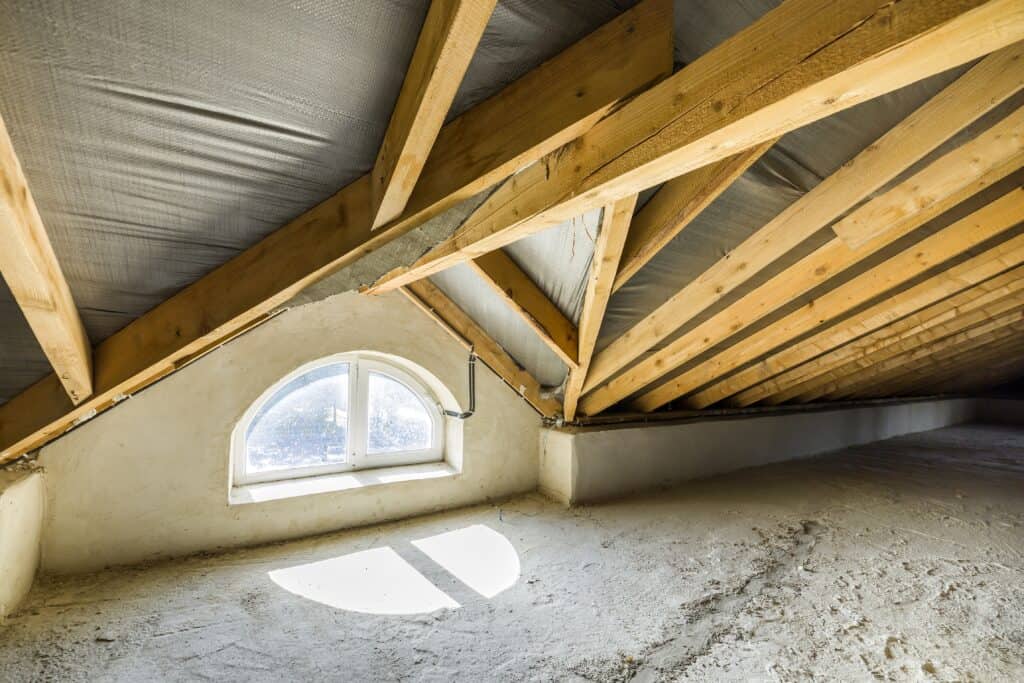
How to Re-Light Pilot Light
Because you’re dealing with a gas-fueled appliance, if you think the pilot light is going out because of something else in the furnace, call an HVAC technician.
Reset the Gas and Light the Pilot Light
Check the Manual
The owner’s manual that came with your furnace will have the best instructions for relighting the pilot in the specific make and model. If you can’t find the manual, check the manufacturer’s website. Many companies now keep extensive support documents like manuals online.
Turn off the Gas
Begin by turning off the main power supply to the furnace, usually at the circuit breaker. Then turn off the gas and wait at least five minutes before proceeding. This should be enough time to allow leftover gas in the line and valve to dissipate.
Locate the reset button for the pilot, then press and hold it while using a long lighter to relight the flame. Once the flame catches, release the reset button.
Pilot Light Safety and Maintenance Tips
Schedule Routine Tune-ups and Maintenance
Maintaining a furnace is important, but when it’s gas-powered, it’s about safety. Regular furnace maintenance allows a trained HVAC technician the chance to fully inspect the system, inside and out. During this appointment, they’ll work through an extensive checklist, including:
- Inspecting the vent system: Certain vents carry warm air to the home while others move toxic gasses and fumes outside. If repairs are needed, the technician makes them during this appointment.
- Check the heat exchanger: This part of the furnace is where carbon monoxide (CO) forms when the gas burns. Because heat exchangers often crack as they age, it’s important to periodically check and repair.
Make sure to Change Your Air Filter
Changing the air filter every two to three months is an easy way to enjoy better indoor air quality through the winter months. Plus, the filter catches dust, hair, and fur which can clog internal components of the furnace.
 Place Carbon Monoxide Detectors in Bedrooms
Place Carbon Monoxide Detectors in Bedrooms
Because CO is undetectable by taste or smell, most people don’t know there’s a CO leak from the furnace until it’s a dangerous situation. That’s why it’s important to keep CO detectors in every room, especially bedrooms. That way if one goes off, day or night, you and loved ones have a chance to leave the home before the leak intensifies.
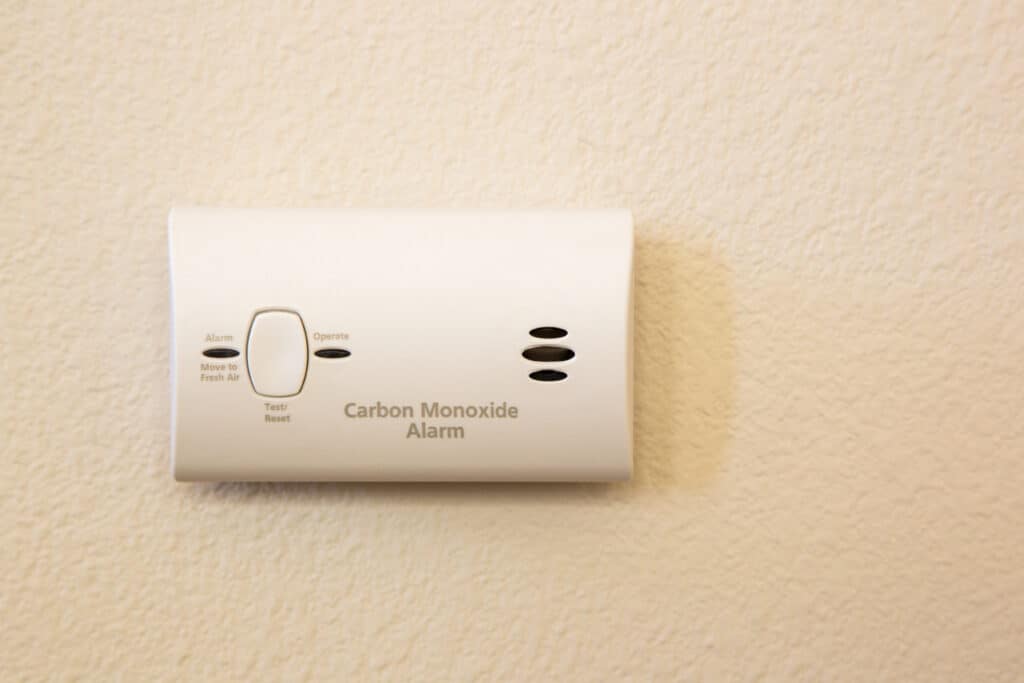 Pilot lights usually don’t go out, but if yours does, you know how to relight it safely and restore heat to your home. Have questions? Call Service Champions today.
Pilot lights usually don’t go out, but if yours does, you know how to relight it safely and restore heat to your home. Have questions? Call Service Champions today.

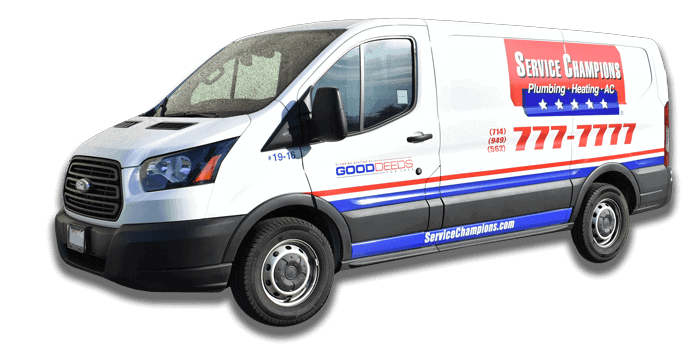
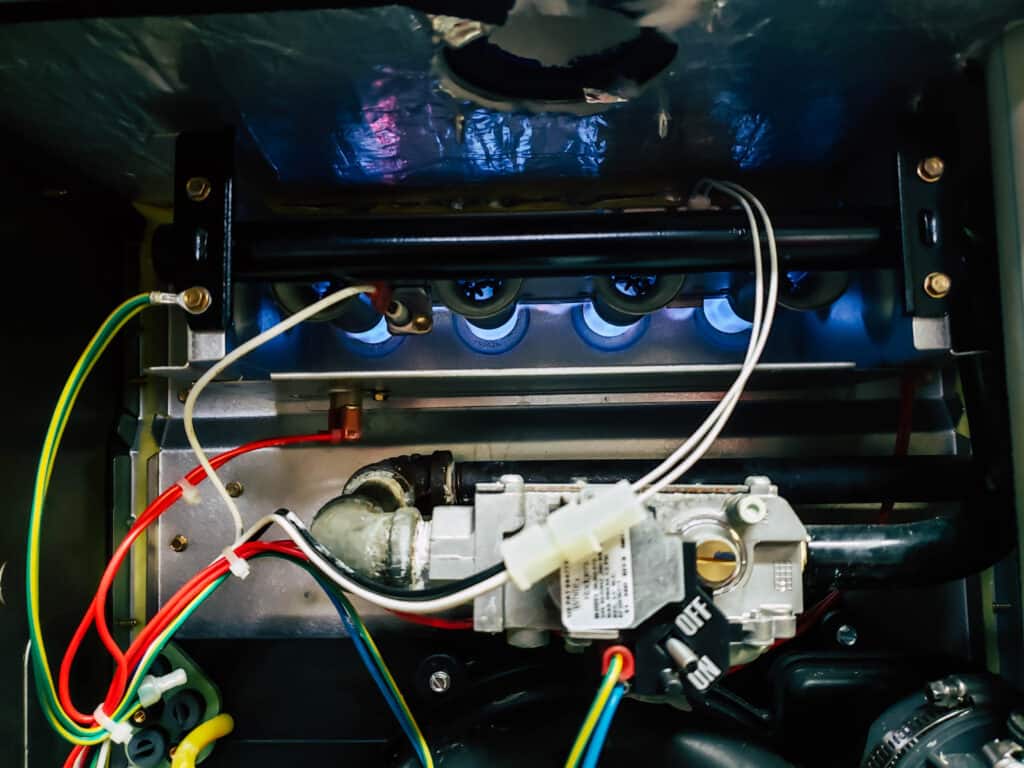 Reasons Pilot Light Keeps Going Out
Reasons Pilot Light Keeps Going Out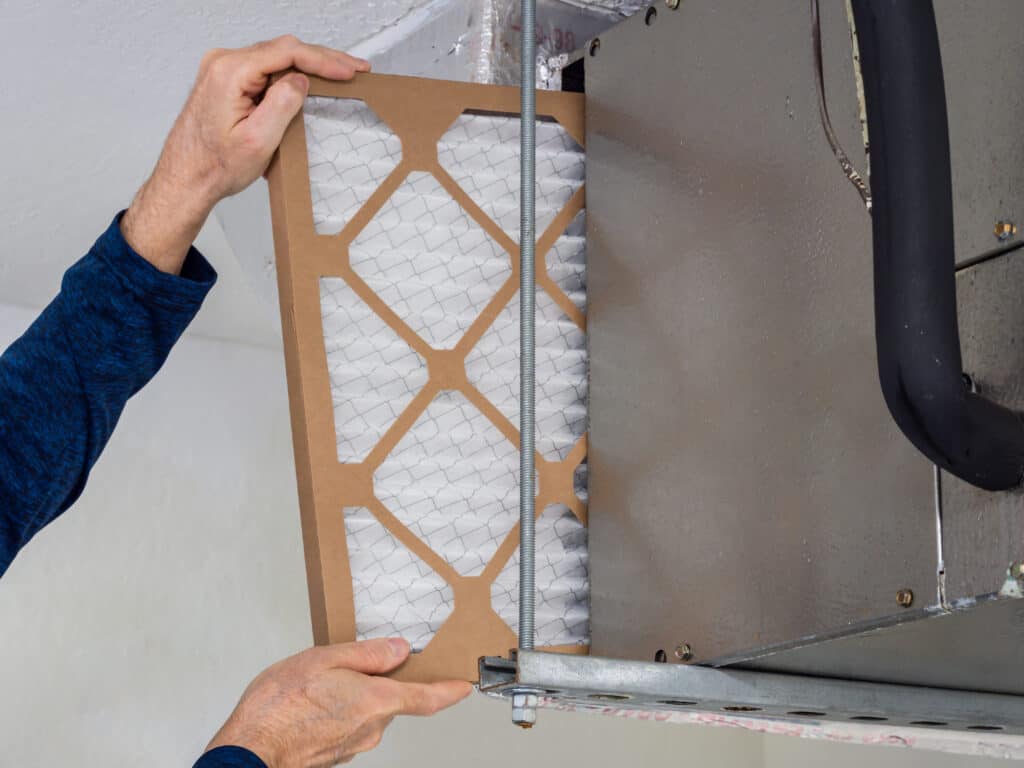 Place Carbon Monoxide Detectors in Bedrooms
Place Carbon Monoxide Detectors in Bedrooms